Nestled between Gloucestershire and Bristol, Wiltshire, Dorset, and Devon, Somerset is a sprawling rural county that can be easily overlooked due to its more publicised neighbours but it contains a wealth of castles and palaces to explore. Discover some of the best in this blog post and start planning your long weekend to this amazing county in the South of England.

The Best 6 Castles To Visit In Somerset
1. Dunster Castle
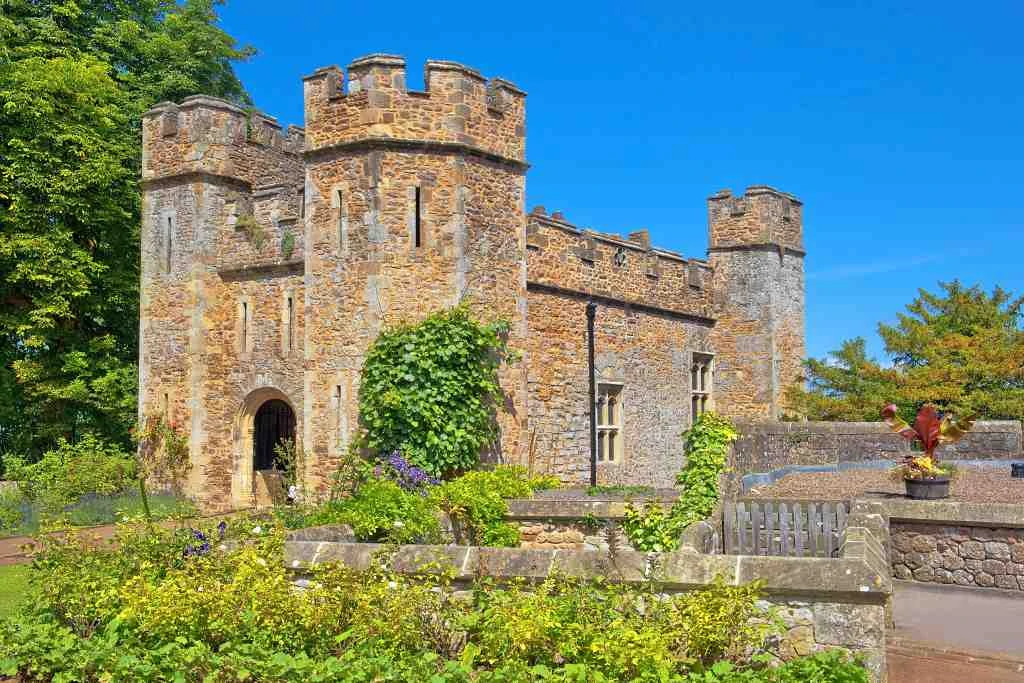
Originally a motte and bailey castle built in the 12th century on the site of an Anglo-Saxon fort, Dunster Castle was turned into a Jacobean country house in the 19th century.
Of the old castle, the gatehouse and Keep remain whilst the country house features a lavish Victorian interior with guided tours allowing visitors to see the artefacts and learn the history of the Luttrell family who lived at Dunster for 600 years.
Outside, visitors can explore the subtropical gardens with panoramic views before making their way to the still-working watermill.
Where: Dunster, Minehead
When: 13th / 19th century
Style: Norman / Jacobean / Victorian
Open for visit: Yes, check here for more information.
2. Farleigh Hungerford Castle
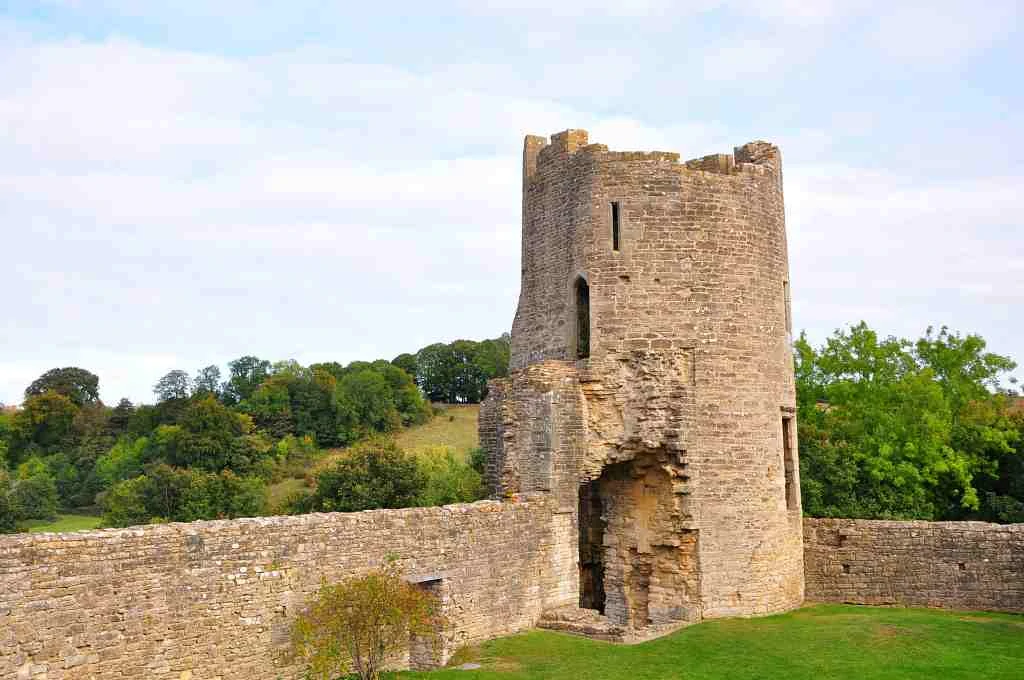
Often shortened to Farleigh or Farley Castle, this fortified mansion was built in 2 phases during the 14th century for the Hungerford family who served the Dukes of Lancaster.
Staying in the family for 300 years, visitors to Farleigh Castle today can see the medieval wall paintings in the chapel, visit the crypt with human-shaped lead coffins, visit the priest’s house, and tour the towers as you learn the story of this, once-mighty family, their downfall during the War of the Roses, and how the castle was taken from them during the Civil War.
Where: Hungerford, Bath
When: 14th century
Style: Medieval
Open for visit: Yes, check here for more information.
3. Nunney Castle
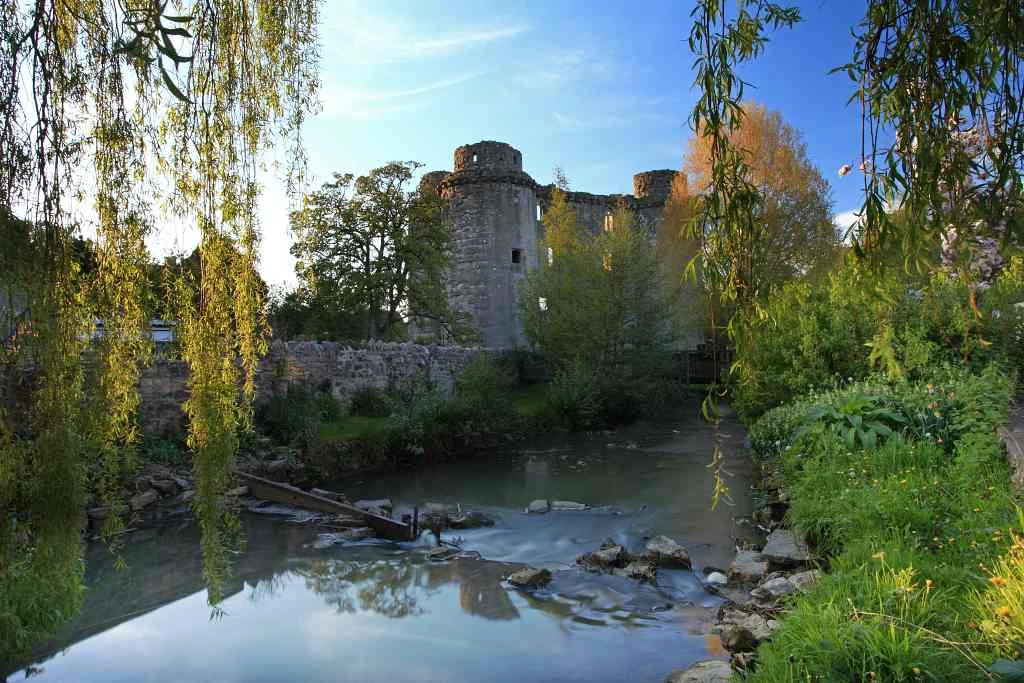
The remains of this beautiful moated Medieval castle with its four classic round corner towers date back to 1373 when the knight Sir John de la Mare built the castle using the money he made during the Hundred Years War to show off his growing popularity and royal favour.
Renovated in the 16th century by Richard Prater but besieged and damaged in the 17th century when the Parliamentarians took the castle in the Civil War, today the castle is a ruin with just the exterior accessible.
Where: Nunney, Frome
When: 14th / 16th century
Style: Medieval
Open for visit: Yes, check here for more information.
4. Stogursey Castle
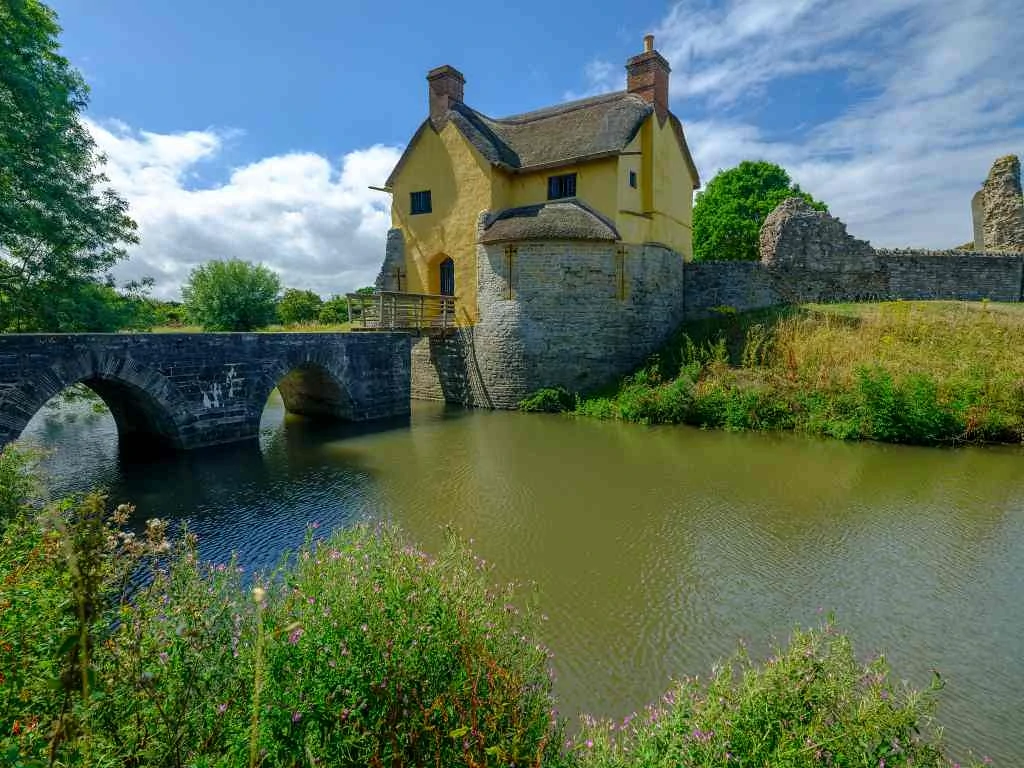
Built in the 12th century as a Norman ringwork with timber palisade, Stogursey Castle with moat was badly damaged in the 13th century. Rebuilt and altered subsequent times over the centuries, it was used as an administration centre in the 15th century and later as a farm.
Very little remains of the castle today except for a picturesque thatched cottage built into the gatehouse during the 1600s which can be rented out as holiday accommodation.
Where: Stogursey, Bridgwater
When: 12th / 17th century
Style: Medieval
Open for visit: Thatched Cottage / Gatehouse only accessible for accommodation bookings. Check here for more information.
5. Taunton Castle
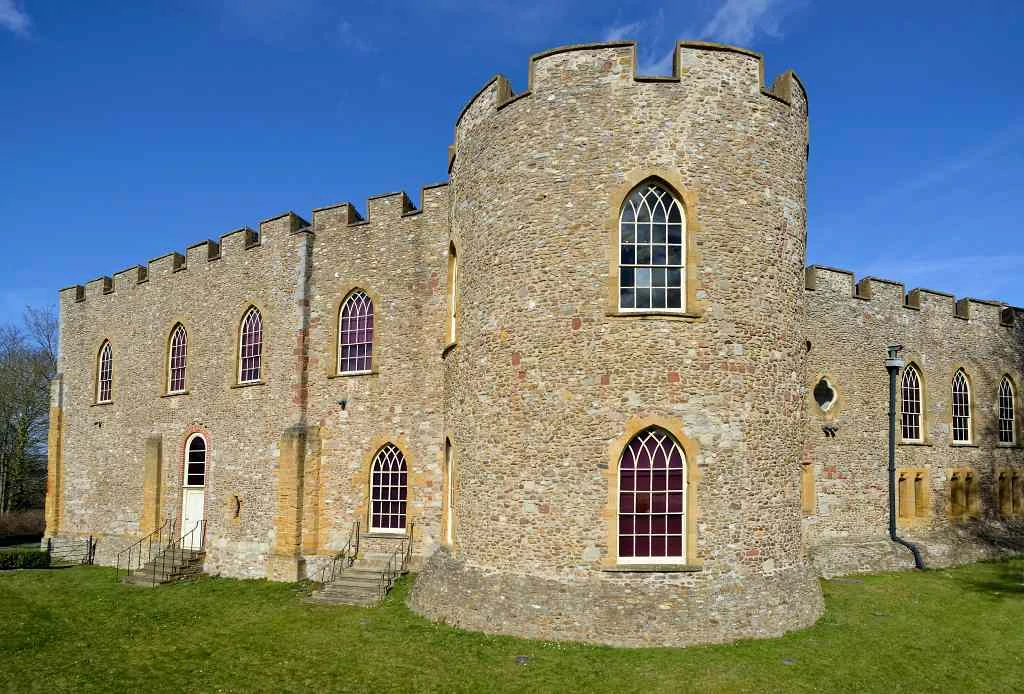
Standing on the site of an older Anglo Saxon settlement and former priory, Taunton Castle was built by the Normans as a classic motte and bailey castle with a Keep added in the 13th century.
Owned by the bishops of Winchester, the castle was the administrative centre for the Somerset estates used as a court, assembly hall, and prison over the centuries whilst also welcoming Royal guests including King John and Henry III.
Today Taunton Castle houses the Museum of Somerset where visitors can trace the history of the castle as well as the county with interactive displays for the whole family.
Where: Taunton
When: 12th century
Style: Norman
Open for visit: Museum open. Check here for more information.
6. Wells Bishop’s Palace
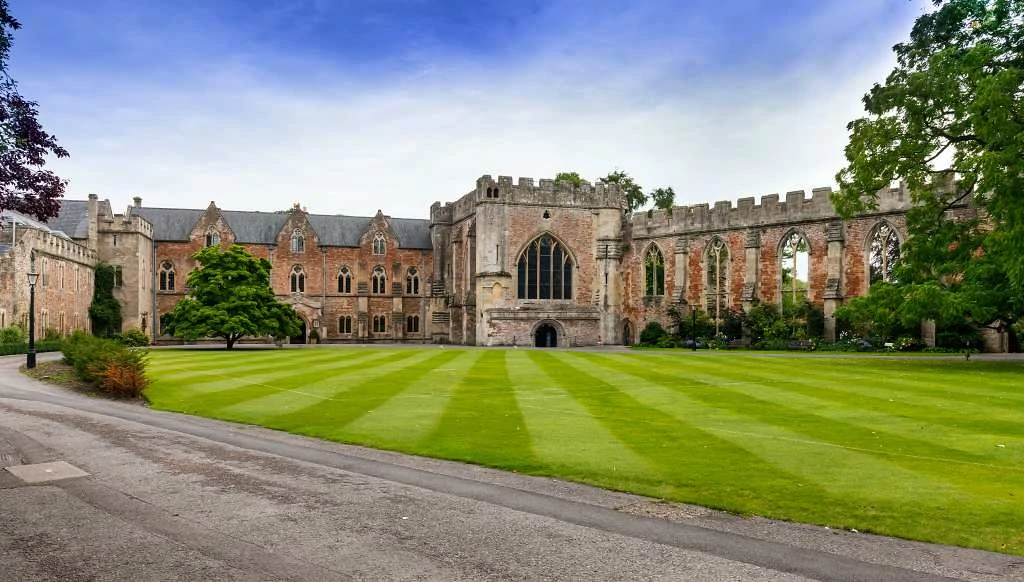
Built in the 13th century for Bishop Jocelin Trotman, the first Bishop of Bath and Wells, this moated palace with the accompanying Bishop’s house has been the home of the Bishops of the Diocese of Bath and Wells for 800 years.
Set within 14 acres of gardens, originally a deer park, visitors today can cross the flagstone bridge to tour the palace rooms, see the ruined Great Hall, visit the Bishop’s private chapel, walk the ramparts, and meet the famous mute swans who live by the moat and ring a bell when they want to be fed!
Where: Wells
When: 13th century
Style: Medieval
Open for visit: Yes, check here for more information.
